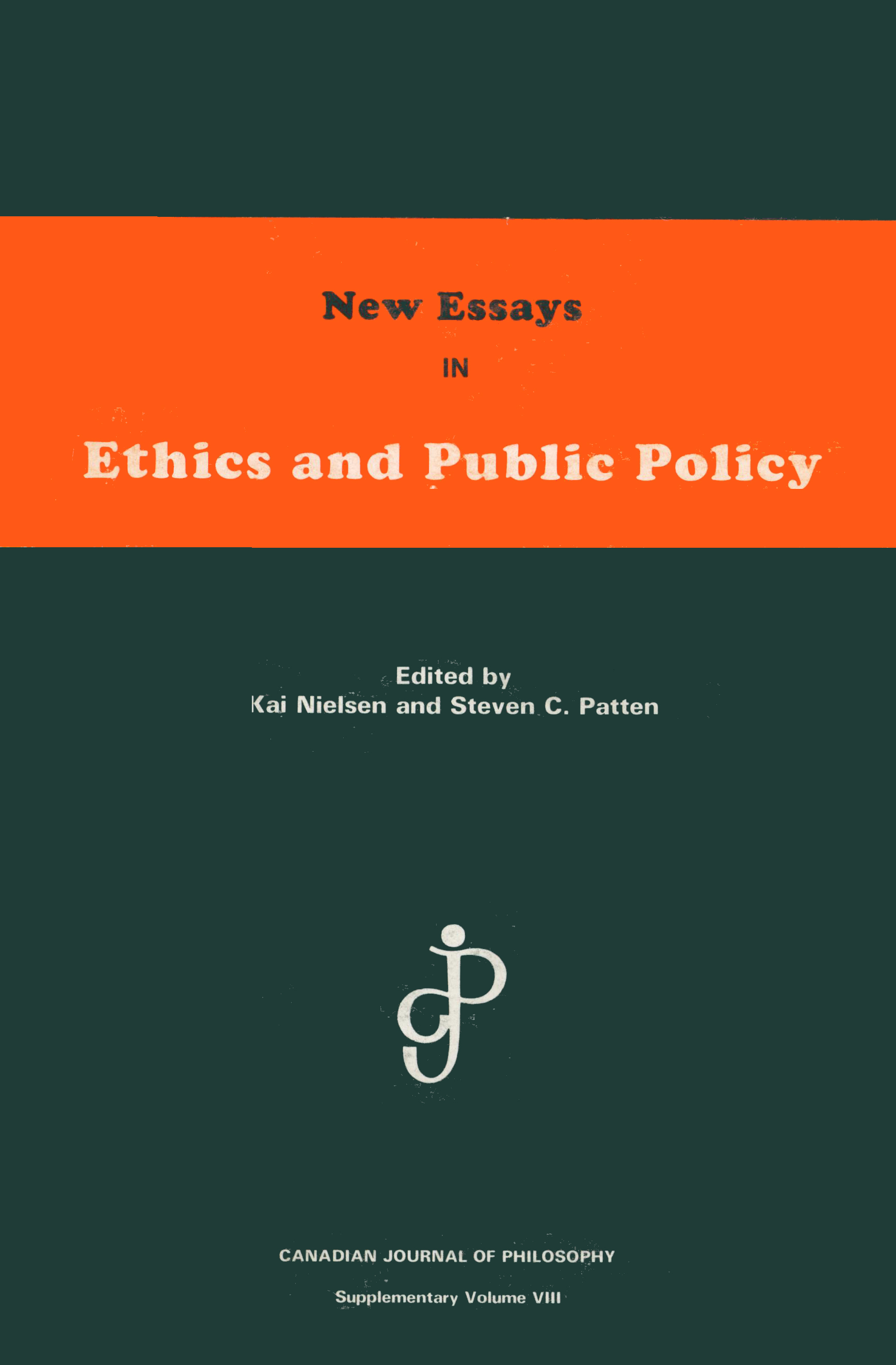No CrossRef data available.
Article contents
Kleist
Published online by Cambridge University Press: 01 January 2020
Extract
“Chaque homme est divisé entre les hommes qu'il peut être”, P. Nizan (for Sylvie)
As if we had in mind something like a scale of might-have-beens, erratically decreasing in specificity, in which each point provides some or all of the grounds for a transition to the next one, but not conversely, we could claim that Kleist might not have met Henriette Vogel; that he might not have committed suicide at all; that he might have had different properties than the properties he in fact had; even, in a somewhat figurative vein, that he might have been a different person than the person he was; and so on; and so forth, either adding new marks to the scale, or with a different scale in mind, along similar lines. Scales of this sort not only qualify as a kind of string of causally and temporally related might-have-beens; they also qualify, at the same time, as partial lists of true de re modal predications about Kleist.
- Type
- Research Article
- Information
- Canadian Journal of Philosophy Supplementary Volume , Volume 6: New Essays in Philosophy of Language , 1980 , pp. 185 - 223
- Copyright
- Copyright © The Authors 1980


